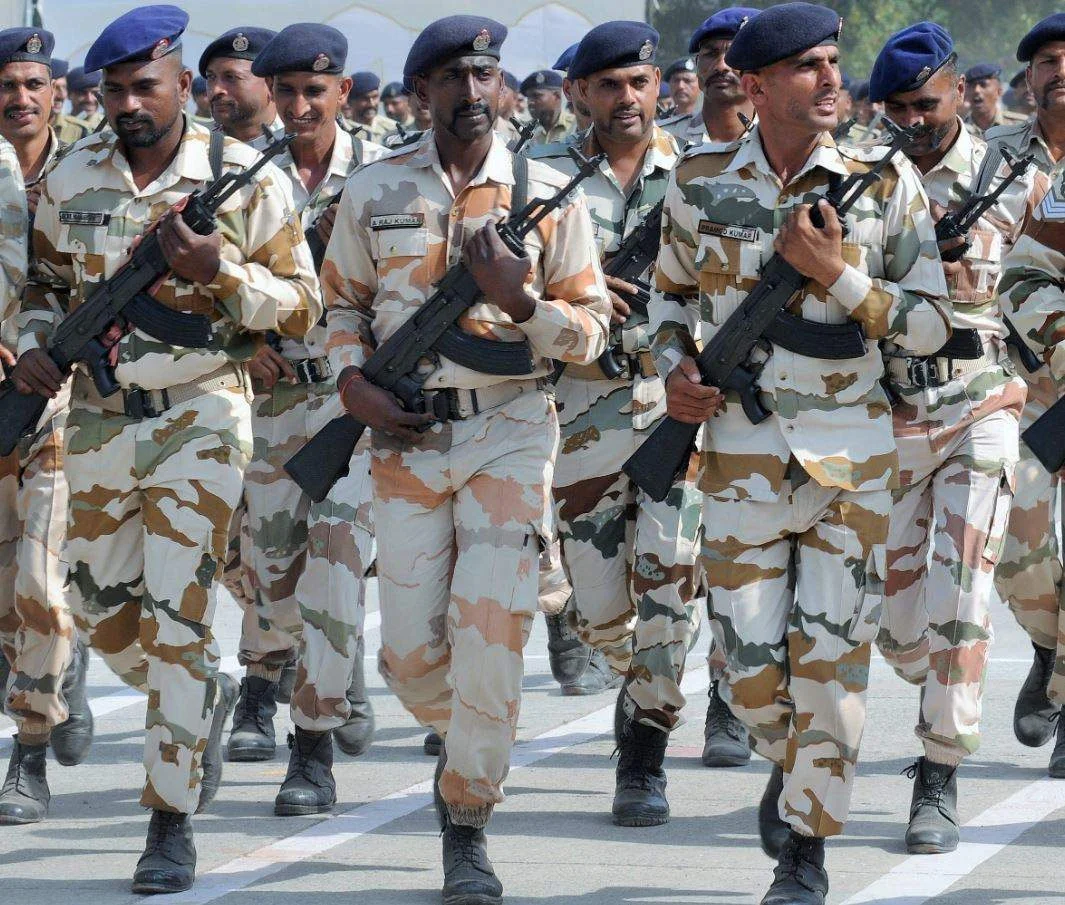
Beijing: China on Thursday dismissed as nonsense a senior US diplomat’s remarks blaming it for using constant aggression on the border with India to try to change the status quo and said consultations were going on through diplomatic channels between Beijing and New Delhi, which has “nothing to do” with Washington.
Responding to a question on the flare-up of border tensions between India and China, Alice G Wells, the senior US diplomat for South and Central Asia, on Wednesday described Beijing’s aggression as “not always rhetorical” and accused it of continuing with its “provocative and disturbing behaviour” to try to shift the status quo.
“There’s a method here to Chinese operations, and it is that constant aggression, the constant attempt to shift the norms, to shift what is the status quo. It has to be resisted, Wells, the outgoing Principal Deputy Assistant Secretary of State for South and Central Asian Affairs, told the Atlantic Council think-tank at a virtual event on Wednesday.
Chinese Foreign Ministry spokesman Zhao Lijian told a media briefing here that China’s position on the China-India boundary issue is consistent and clear.
The US “diplomat’s remarks are just nonsense, he said when asked about Wells’ comments.
“China’s border troops firmly safeguard China’s territorial sovereignty and security, and firmly deals with the Indian side’s cross over and infringement activities,” Zhao said.
“Our troops firmly safeguard the peace and stability in the border region. We urge the Indian side to work together with us, abide by our leadership’s important consensus, comply with the agreements signed, refrain from unilateral actions complicating the situation,” he said.
“We hope they will make concrete efforts for peace and tranquillity in the border region. There are consultations and diplomatic channels between the two sides that have nothing to do with the USA, Zhao said.
On May 5, around 250 Indian and Chinese army personnel clashed with iron rods, sticks, and even resorted to stone-pelting in the Pangong Tso lake area in Eastern Ladakh in which soldiers on both sides sustained injuries.
In a separate incident, nearly 150 Indian and Chinese military personnel were engaged in a face-off near Naku La Pass in the Sikkim sector on May 9. At least 10 soldiers from both sides sustained injuries in the incident, according to sources.
Neither the Indian Army nor the Ministry of External Affairs commented on the escalating tension between the two armies.
In its reaction to the two face-offs, the Ministry of External Affairs last week said it remained committed to maintaining peace and tranquillity along the border with China noting that such incidents could have been avoided if there was a common perception about the frontier.
The troops of India and China were engaged in a 73-day tense stand-off in Doklam tri-junction in 2017.
The India-China border dispute covers the 3,488-km-long Line of Actual Control, the de-facto border between the two countries. China claims Arunachal Pradesh as part of southern Tibet while India contests it.
Both sides have been asserting that pending the final resolution of the boundary issue, it is necessary to maintain peace and tranquillity in the border areas.
China has been critical of India’s reorganisation of Jammu and Kashmir, and has particularly criticised New Delhi for making Ladakh a union territory. China lays claim over several parts of Ladakh.
Prime Minister Narendra Modi and Chinese President Xi Jinping held their first informal summit in April 2018 in the Chinese city of Wuhan, months after the Doklam standoff.
In the summit, the two leaders decided to issue “strategic guidance” to their militaries to strengthen communications so that they can build trust and understanding.
Modi and Xi held their second informal summit in Mamallapuram near Chennai in October last year with a focus on further broadening bilateral ties.
Follow this link to join our WhatsApp group: Join Now
Be Part of Quality Journalism |
Quality journalism takes a lot of time, money and hard work to produce and despite all the hardships we still do it. Our reporters and editors are working overtime in Kashmir and beyond to cover what you care about, break big stories, and expose injustices that can change lives. Today more people are reading Kashmir Observer than ever, but only a handful are paying while advertising revenues are falling fast. |
| ACT NOW |
| MONTHLY | Rs 100 | |
| YEARLY | Rs 1000 | |
| LIFETIME | Rs 10000 | |












